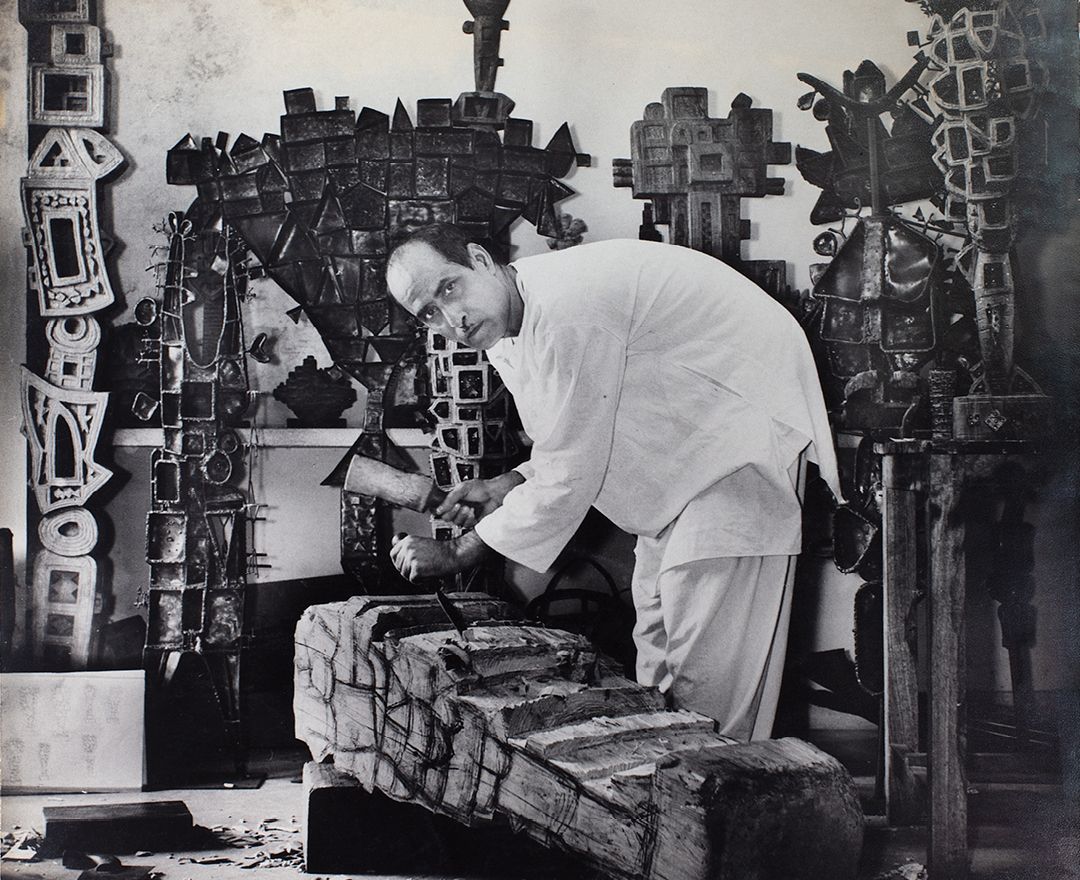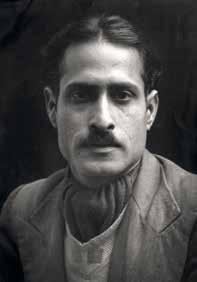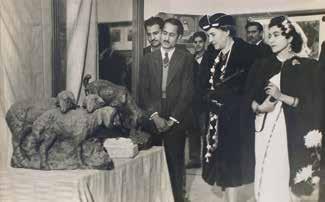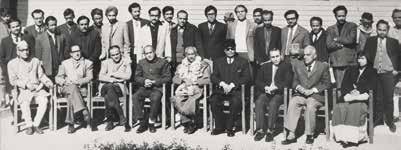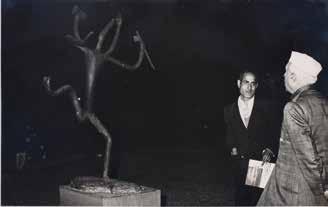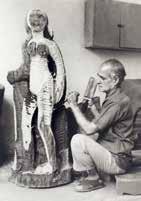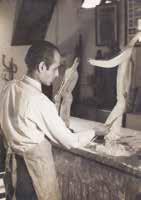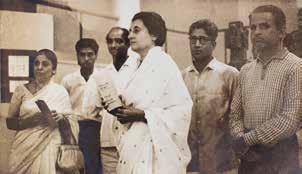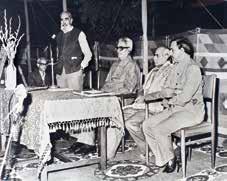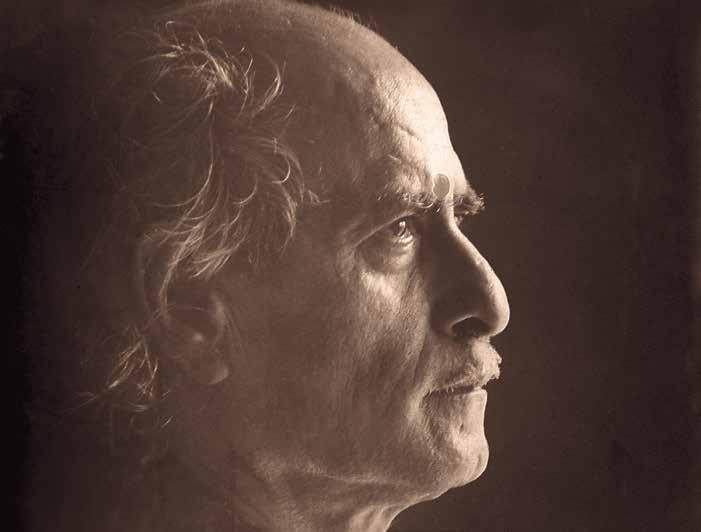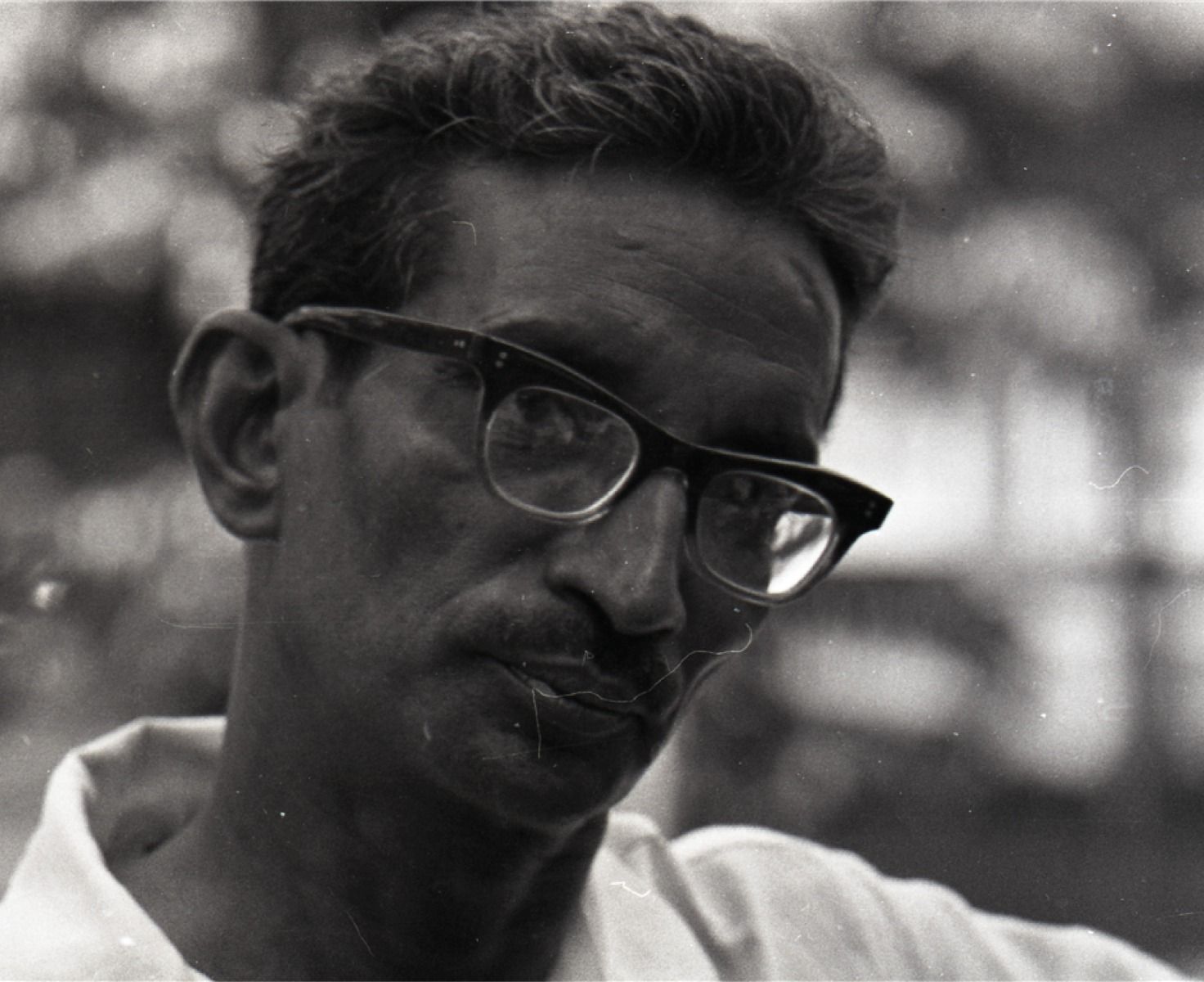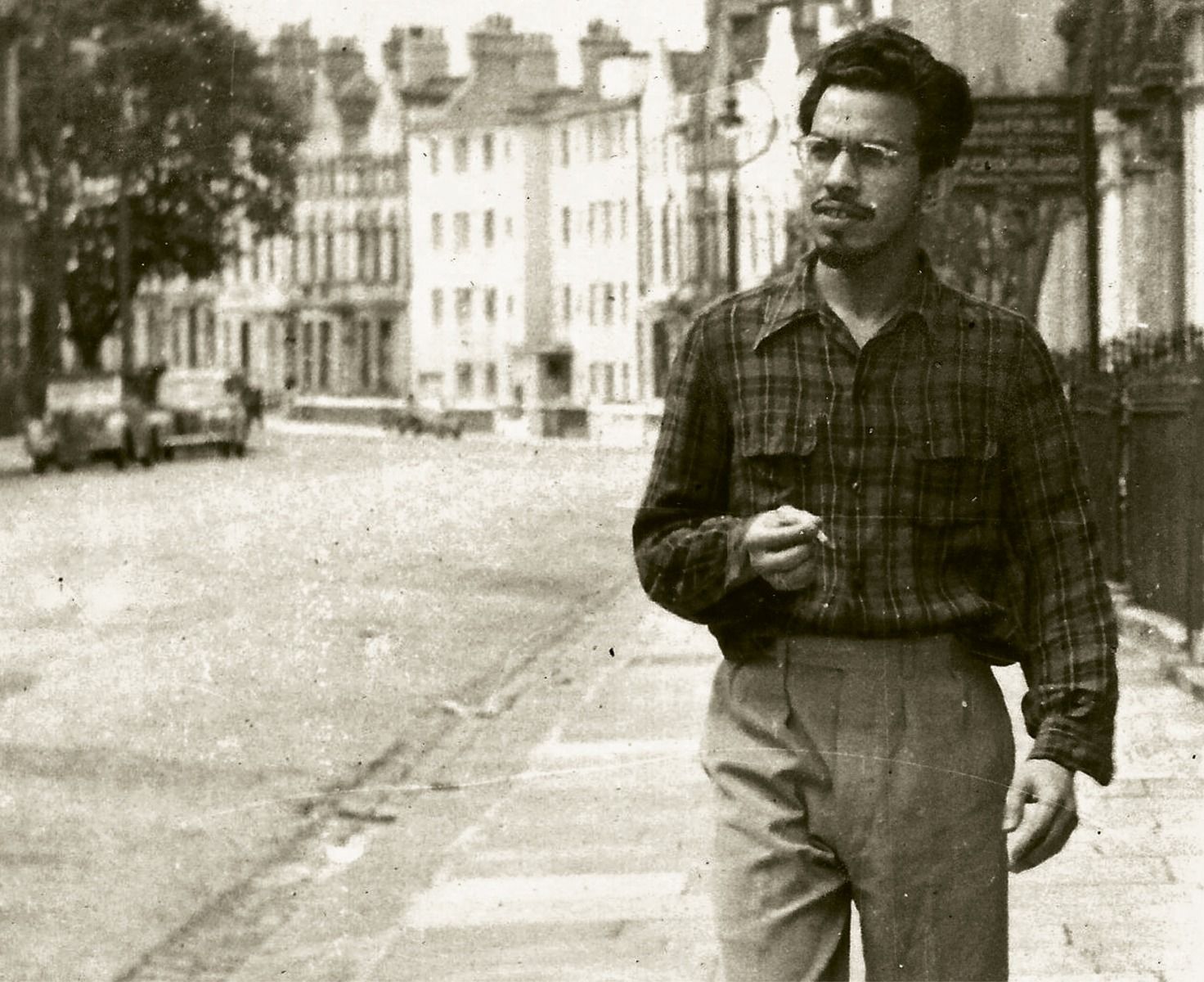Dhanraj Bhagat
Dhanraj Bhagat
Dhanraj Bhagat
|
1917 - 1988 Dhanraj Bhagat |

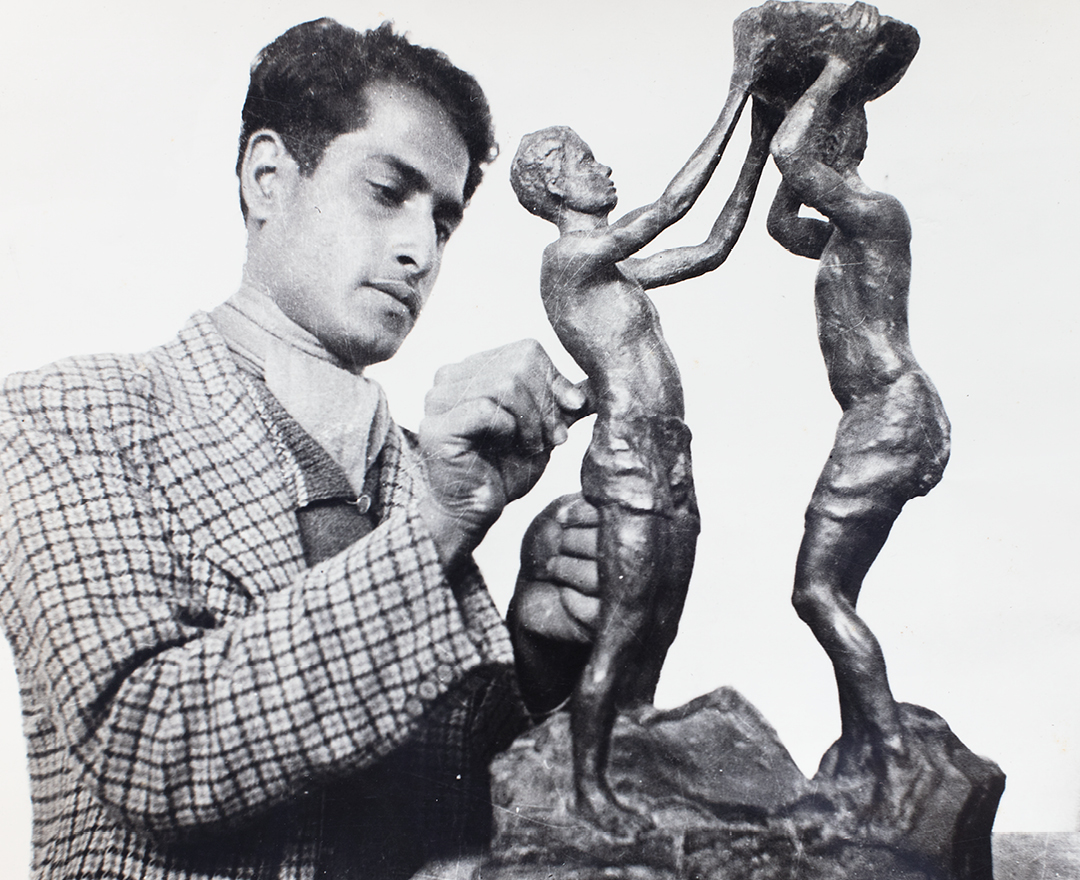
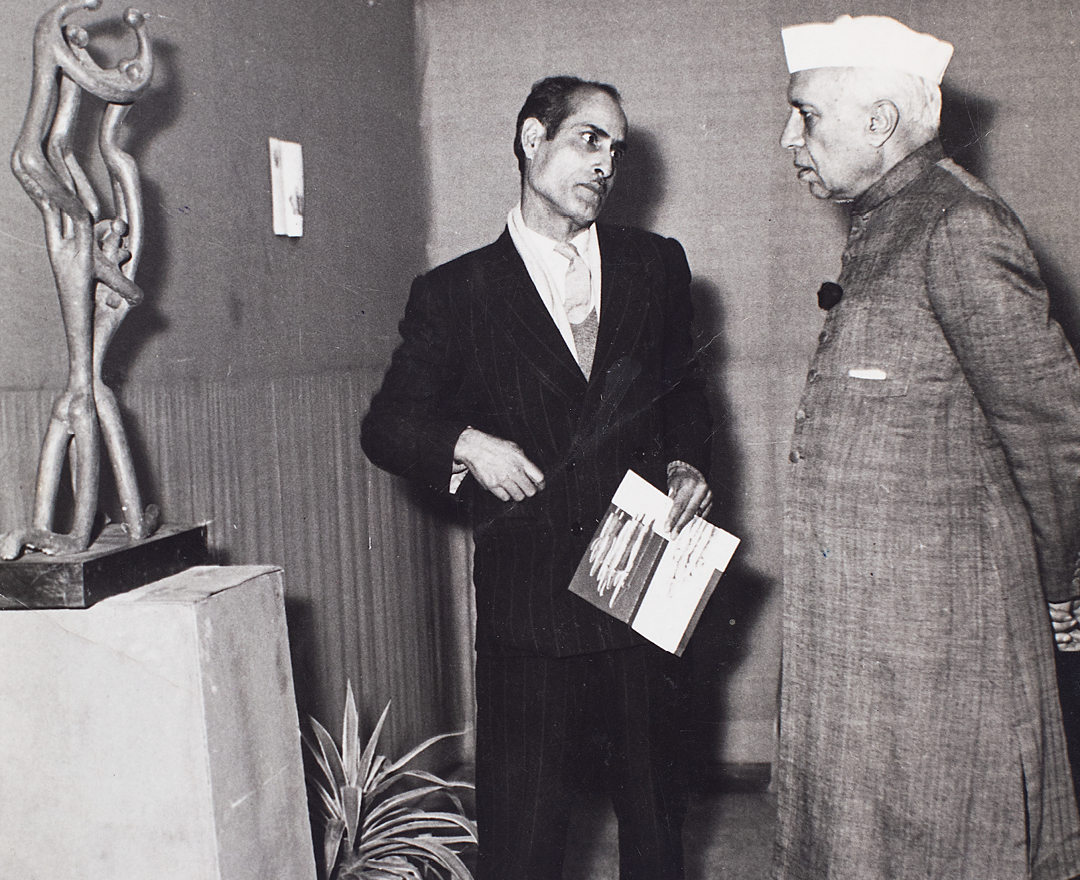
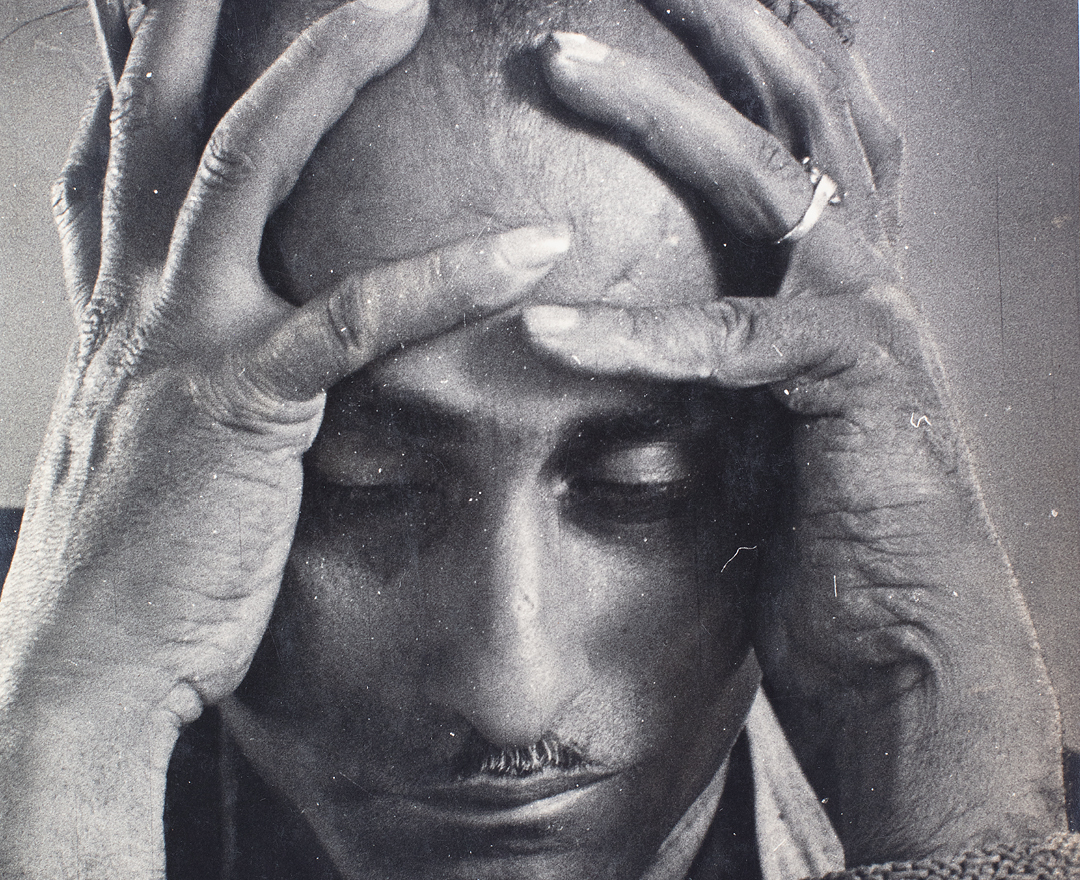

‘Dhanraj Bhagat, the humanitarian, the man of religion, the compassionate artist, retains the human element in his abstract art; whilst others have lost man, Dhanraj Bhagat has found him’
CHARLES FABRI
artist timeline
artworks
dag exhibitions
|
The ‘Manifestations’ series of 20th Century Indian Art, Editions V, X, XI |
|
DAG, New Delhi, 2011-14 |
|
‘Indian Divine: Gods & Goddesses in 19th and 20th Century Modern Art’ |
|
DAG, New Delhi and Mumbai, 2014 |
|
‘Indian Abstracts: An Absence of Form’ |
|
DAG, New Delhi, Mumbai, and New York, 2014-15 |
|
‘India Modern: Narratives from 20th Century Indian Art’ |
|
DAG, New Delhi, Mumbai, and New York, 2015 |
|
‘The Fifties Show’ |
|
DAG, New Delhi, 2020 |
|
‘The Sixties Show’ |
|
DAG, Mumbai, 2020 |
notable collections
|
National Gallery of Modern Art, New Delhi |
|
The Ben and Abby Grey Foundation, New York |



